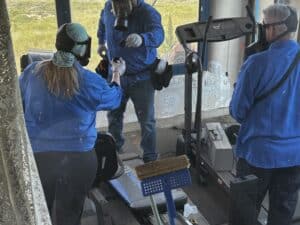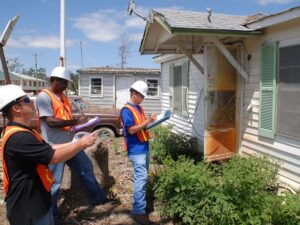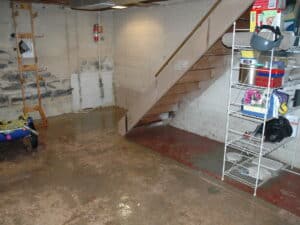The Ultimate Guide to Hazardous Materials in Old Buildings
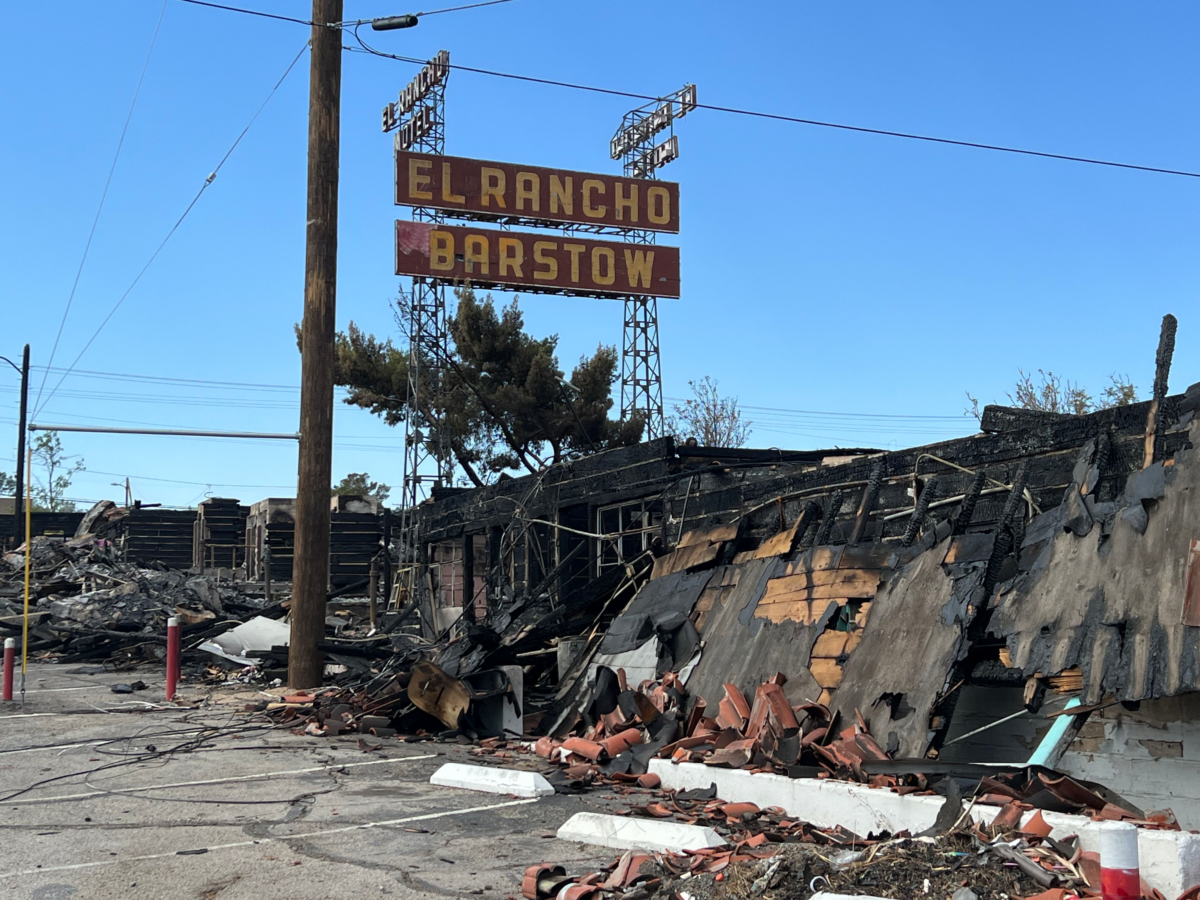
Hazardous materials in old buildings can pose significant health risks, especially during renovations or demolitions. When working on an old structure, it’s crucial to recognize and address these materials to keep both current and future occupants safe. Common hazardous materials found in old buildings include:
- Asbestos – insulation, tiles, cement
- Lead – paint, plumbing
- Mercury – thermostats, thermometers
- Mold – moisture-prone areas
- PCBs (Polychlorinated Biphenyls) – paints, electrical equipment
- Radioactive Materials – radon, building materials
- CFCs (Chlorofluorocarbons) – refrigerants, aerosol products
These are not just relics of the past; they are real threats hidden within the walls of historic structures, each presenting unique challenges and health concerns.
At Omega Environmental Services, we understand these challenges.
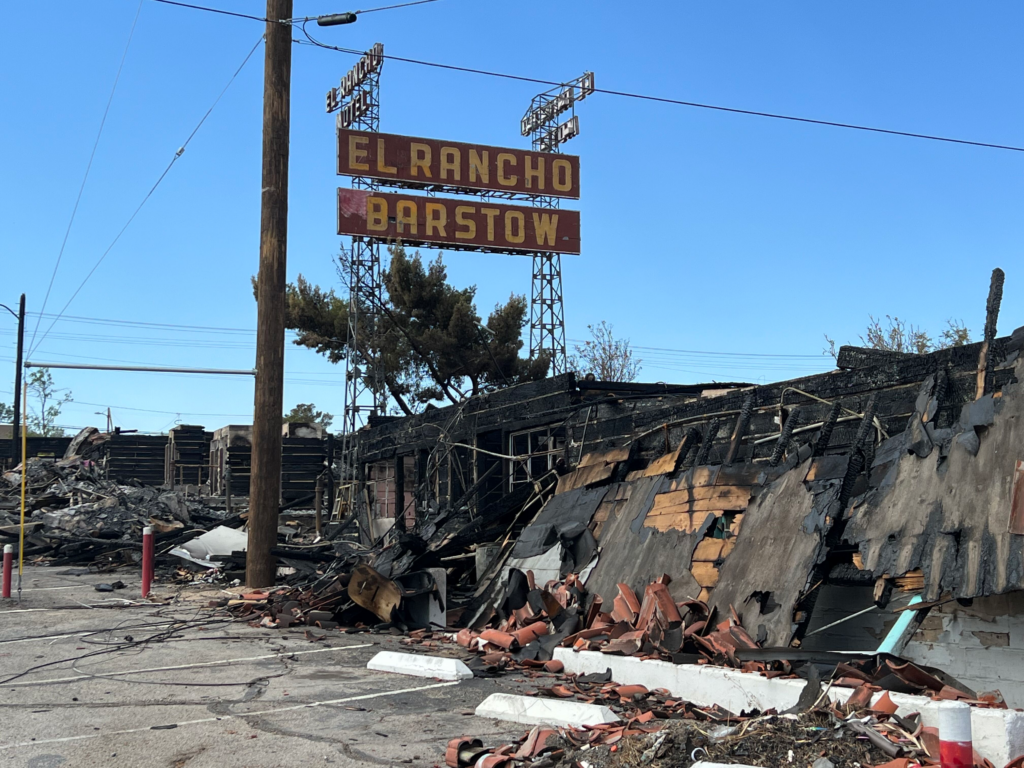
Omega Environmental was on site to show the extent of the damage. Visit our YouTube channel for a first-hand look.
Common Hazardous Materials in Old Buildings
Asbestos: The Hidden Danger
Asbestos was once a favorite in construction due to its fire-resistant properties. It lurks in insulation, tiles, shingles, and cement in many historic structures. Asbestos exposure can lead to serious health issues like mesothelioma and lung cancer. Disturbing asbestos releases fibers into the air, making it crucial to handle with care. Removal should always be done by trained professionals to prevent exposure.
Lead: A Lingering Threat
Lead, often found in old paint and plumbing, poses significant health risks. Paint chips containing lead can taste sweet, tempting children to ingest them, which can result in cognitive impairment and developmental delays. Adults aren’t safe either—exposure can cause memory loss and high blood pressure. Safety precautions include using protective gear and hiring certified professionals for removal.
Mercury: The Silent Hazard
Mercury, present in thermostats, thermometers, and fluorescent lights, is another hidden danger. Exposure can cause kidney damage and nervous system disorders. Safe handling involves identifying mercury-containing devices and ensuring they are disposed of properly by professionals.
Mold: More Than Just a Nuisance
Mold thrives in damp areas and can cause respiratory issues, particularly for those with asthma or weakened immune systems. Black mold is especially harmful. Prevention is key—fix leaks and ensure good ventilation. For existing mold, cleanup should be approached with protective gear like masks and gloves.
Polychlorinated Biphenyls (PCBs): A Legacy of Harm
PCBs, used in paints and electrical equipment, have left a legacy of environmental harm. They can cause cancers and other serious health conditions. PCBs removal requires careful handling to avoid contamination, and professionals should be engaged to manage this process safely.
Read more about how Omega Environmental Services worked with the City of Tustin to mitigate potential environmental risks to the South Hangar, securing it for future use.
Radioactive Materials: Unexpected Risks
Radon gas, naturally occurring in some soils, can accumulate in buildings and is a known cause of lung cancer. Testing for radon is essential in historic buildings. Safe disposal of radioactive materials, such as those found in some smoke detectors, should follow local regulations to minimize exposure risks.
Chlorofluorocarbons (CFCs): Environmental Impact
CFCs, once common in aerosol cans and cooling systems, are harmful to the ozone layer. While not directly hazardous to building occupants, their safe disposal is important to prevent environmental damage. Certified technicians should handle the recovery and disposal of CFCs from old equipment.
Understanding these hazardous materials in old buildings is the first step in addressing them safely and effectively. In the next section, we’ll explore how to identify and manage these materials through a comprehensive survey process.
Identifying and Managing Hazardous Materials in Old Buildings
The Importance of a Hazardous Building Materials Survey
Conducting a hazardous building materials survey is crucial when dealing with old buildings. This survey helps identify materials like asbestos, lead, mold, PCBs, and mercury that may pose health risks. An effective survey includes:
- Asbestos Survey: Identifies asbestos-containing materials (ACMs) in insulation, tiles, and more.
- Lead Survey: Checks for lead in paint, plumbing, and other components.
- Mold Assessment: Detects mold presence, especially harmful black mold.
- PCB Inspection: Locates PCBs in electrical equipment and building materials.
- Mercury Assessment: Finds mercury in devices like thermostats and fluorescent lights.
These surveys are typically conducted by professionals who are trained and certified to ensure accurate identification and compliance with local and federal regulations.
Steps to Safely Manage Hazardous Materials in Old Buildings
Once hazardous materials in old buildings are identified, safely managing them involves several key steps:
- Hire Professional Contractors: Engaging certified professionals is essential. They have the expertise and equipment to handle hazardous materials safely. For instance, asbestos removal should never be a DIY project due to the risk of airborne fibers.
- Use Safety Equipment: Proper safety gear, such as masks, gloves, and protective clothing, is crucial during the removal process to protect workers and occupants from exposure.
- Regulatory Compliance: Adhering to local, state, and federal regulations is vital. This includes following guidelines for safe removal, transport, and disposal of hazardous materials. For example, the EPA has specific rules for lead-safe practices in renovation projects.
- Disposal Methods: Safe disposal is a critical step. Hazardous materials must be disposed of in designated facilities to prevent environmental contamination. For example, mercury-containing devices should be taken to recycling centers equipped to handle them.
By following these steps, building owners can mitigate the risks associated with hazardous materials, ensuring the safety of current and future occupants.
Read more about how Omega Environmental Services safely managed hazardous building materials during a four-year renovation of the hotel.
Understanding and managing hazardous materials in old buildings is not just about compliance—it’s about protecting health and the environment. In the next section, we will dig into the role of Omega Environmental Services in providing comprehensive solutions for these challenges.
The Next Step For Removing Hazardous Materials in Old Buildings
Renovating historic structures can be a rewarding endeavor, but it comes with the critical responsibility of addressing hazardous materials in old buildings. These materials pose significant health and safety risks, not only to the workers involved in the renovation but also to future occupants. That’s where Omega Environmental Services steps in.
Omega Environmental Services: Your Partner in Safety
At Omega Environmental Services, we understand the complexities of dealing with hazardous materials. Our expertise in environmental assessment and remediation ensures that every project is handled with the utmost care and professionalism. We offer comprehensive solutions custom to meet the specific needs of each building, ensuring a safe and compliant renovation process.
Health and Safety: Our Top Priority
Health and safety are at the forefront of everything we do. Our team of certified professionals conducts thorough assessments to identify potential hazards such as asbestos, lead, and mold. We then develop a detailed plan to manage these risks, utilizing industry best practices and state-of-the-art technology to protect everyone involved.
Planning for Safe Renovations
Effective renovation planning starts with a professional assessment. By identifying the presence of hazardous materials early in the process, we help property owners make informed decisions that prevent costly surprises and ensure a smooth project timeline. Our aim is to provide peace of mind, knowing that all safety and regulatory requirements are met.
Comprehensive Environmental Solutions
With over 25 years of experience, Omega Environmental Services offers a wide range of environmental solutions. Whether it’s conducting a hazardous building materials survey, managing the safe removal of toxic substances, or providing ongoing support and guidance, we are committed to delivering reliable and cost-effective services.
For those looking to start on renovation projects, partnering with Omega Environmental Services is a proactive step towards safeguarding health and the environment. We invite you to learn more about our Hazardous Building Materials Assessment services and find how we can support your next project.
By choosing Omega Environmental Services, you’re not just investing in a service—you’re investing in a safer, healthier future for everyone who steps through the doors of your beautifully restored building.




